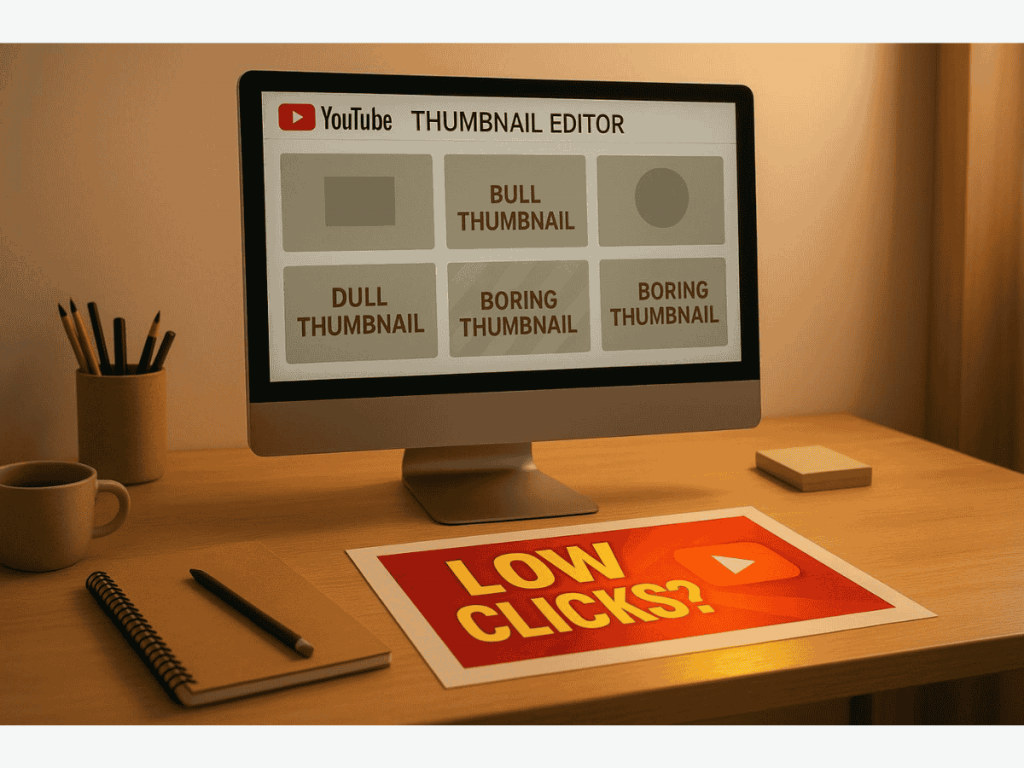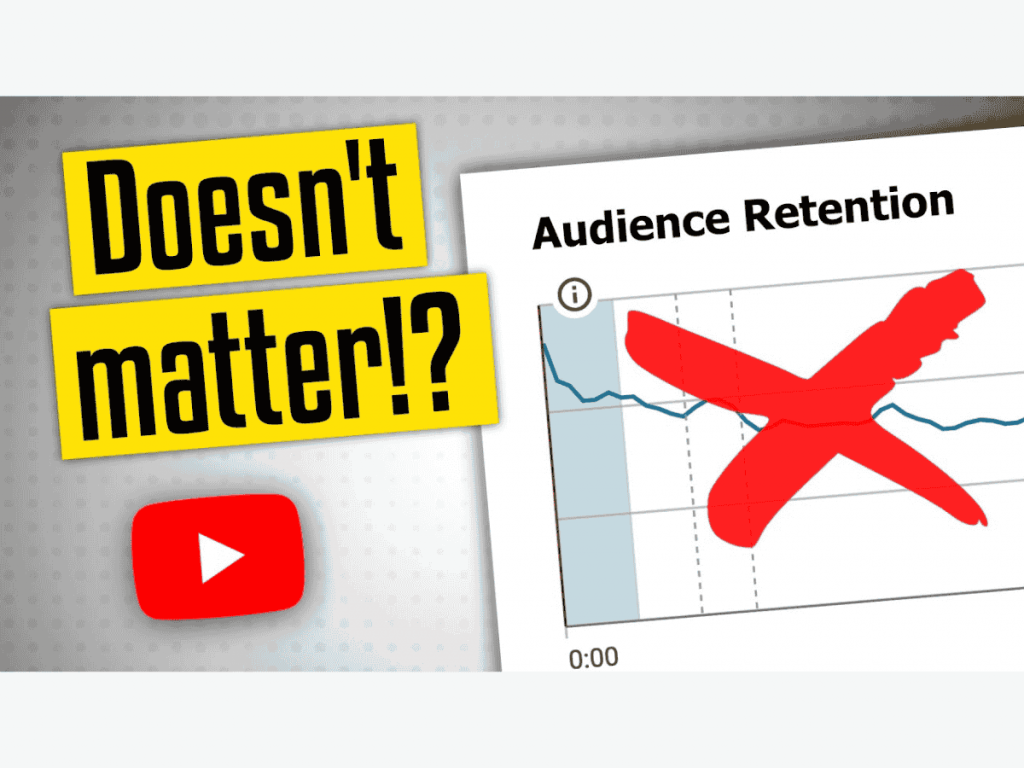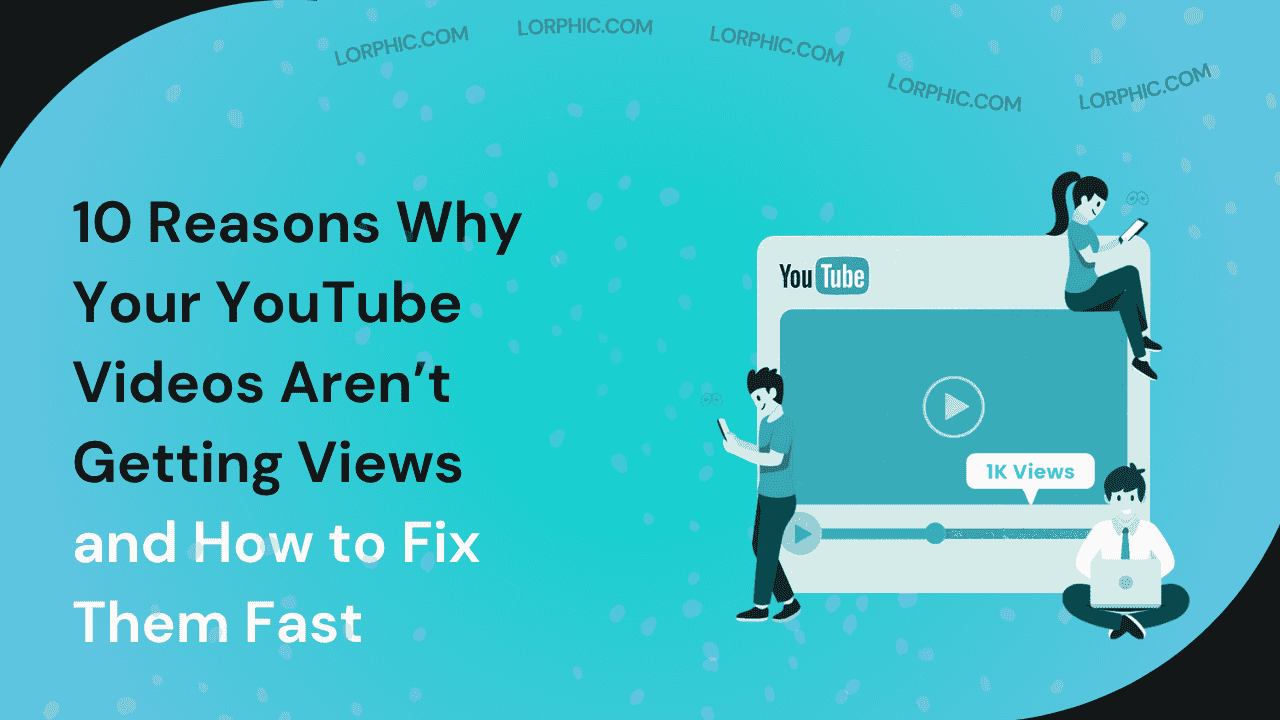Posting a YouTube video and getting little to no views is extremely demotivating. You work hard, recording, editing, and posting, but your video barely gets views. The best part? There’s always a reason behind it, and once you know what’s keeping your videos from getting views, you can correct it quickly.
In 2025, the YouTube algorithm is smarter than ever, focusing on viewer intent, watch time, and engagement signals. Whether you’re a new creator or a growing channel, understanding how these factors work is key to unlocking consistent views.
Let’s break down 10 common reasons your videos are getting no views on Youtube, and more importantly, how to fix each one with proven, up-to-date strategies.
Why are Your Videos Getting no Views on Youtube?
If your videos aren’t getting traction, it’s not just bad luck. YouTube’s algorithm prioritizes videos that attract clicks, hold attention, and satisfy viewer intent. So, if your titles, thumbnails, or SEO aren’t optimized, or your content doesn’t retain viewers, your video simply won’t appear in search or recommendations.
The good news? You can fix that by learning how does SEO work on YouTube and how to optimize for the platform’s current ranking signals
1: Weak or Irrelevant Video Titles
Your video title plays a huge role in attracting viewers and influencing how often your content appears in search results. If the title is unclear, misleading, or doesn’t match what people are looking for, YouTube’s algorithm won’t recommend it as often. A weak title can also cause people to skip your video, reducing click-through rates and overall visibility.
How to Fix It:
- Use focus keywords that reflect what your audience is actually searching for. For example, instead of writing “My Editing Journey,” use “How I Edit YouTube Videos Faster in 2025.”
- Keep your title short and direct. Around 60 characters is a good target.
- Add attention-grabbing words that spark emotion or curiosity, such as “easy,” “quick,” “proven,” or “for beginners.”
- Make sure your title and description work together naturally. Both should give context about your video without repeating the same words.
2: Poor Thumbnails That Don’t Attract Clicks

Even if your video title is perfect, a dull or cluttered thumbnail can stop people from clicking. Thumbnails are like a visual advertisement for your video. If they fail to catch attention, your video may get buried among others, no matter how good the content is.
How to Fix It:
To fix this, design a custom thumbnail instead of relying on YouTube’s automatic selections. Use bright colors, clear text, and images that show emotion or excitement. Keep your design style consistent across videos so your channel looks professional and recognizable. Thumbnails that perform well in 2025 are simple, easy to understand, and instantly show what the video is about. Testing different thumbnail versions using YouTube Studio’s experiment feature can also help you find what works best for your audience.
3: Not Doing YouTube Keyword Research
If you upload videos without researching what viewers are actually searching for, your content might never appear in front of the right audience. Keyword research helps you understand which topics and phrases are most relevant and in demand. Skipping this step means you’re guessing instead of creating strategically.
How to Fix It:
To fix this, use trusted YouTube keyword research tools such as TubeBuddy, vidIQ, or KeywordTool.io to find the best-performing keywords for your niche. Focus on phrases that have decent search volume but low competition so your video has a better chance of ranking. Add these keywords naturally in your title, description, and tags, without overstuffing. When your content aligns with real user searches, YouTube can easily understand your topic and recommend your videos to more viewers.
4: Poor or Missing Video Descriptions
A detailed video description helps YouTube understand your content and improves how your video appears in search results. When you skip this part or only add a short line, you lose a key opportunity to boost your video’s SEO performance. A strong description not only supports the algorithm but also guides viewers who want to know more about your video.
How to Fix It:
- Write at least two to three short paragraphs summarizing your video clearly.
- Add your main and supporting keywords naturally within the text.
- Include timestamps, links to helpful resources, and related videos for better viewer engagement.
- End your description with a simple call-to-action such as “Subscribe for more tutorials” or “Watch next.”
A complete and well-written description strengthens your overall optimization strategy and helps your video stand out in search results.
5: No or Incorrect Tags
Tags may not carry as much weight as they once did, but they still contribute to how YouTube categorizes and recommends your video. If you skip them or add unrelated ones, the algorithm might struggle to identify what your video is really about.
How to Fix It:
To fix this, use five to ten meaningful tags for each video. Include a combination of broad tags like “YouTube SEO” and specific ones such as “how to use tags on YouTube.” Avoid stuffing too many or irrelevant keywords, as this can confuse the system. Keep your tag list updated with trending search terms from time to time. Think of tags as small clues that support your title and description rather than something that can replace them.
6: Low Audience Retention

Even if you get clicks, your video won’t perform well if viewers leave too soon. Audience retention, which measures how long people stay and watch, is one of the most powerful ranking signals on YouTube in 2025. When viewers lose interest early, YouTube assumes your content isn’t engaging and stops recommending it to others.
How to Fix It:
To improve retention, start strong by explaining what viewers will gain in the first few seconds. Avoid long introductions or unnecessary filler. Use engaging visuals, captions, and smooth pacing to hold attention throughout the video. Adding quick transitions, graphics, or questions can also help reset focus and keep people watching longer. The more time viewers spend on your video, the more likely YouTube will promote it to a wider audience.
7: Weak YouTube SEO Strategy
A lot of creators underestimate the power of YouTube SEO. Proper optimization helps your videos reach a wider audience, even months after uploading.
How to Fix It:
- Learn what YouTube SEO is and how it works. It involves optimizing every part of your video, from title to tags.
- Rename your video file with your main keyword before uploading.
- Add subtitles and closed captions to improve accessibility and SEO.
- Use end screens and info cards to boost engagement and watch time.
- Follow an updated YouTube SEO checklist that focuses on 2025 trends.
YouTube SEO works similarly to Google SEO, but the key focus is on watch time, engagement, and how relevant your content is to user intent. A strong strategy keeps your videos discoverable long after posting.
8: Poor Content Quality or Lack of Value
No matter how optimized your video is, poor-quality content will always underperform. If your video fails to inform, entertain, or engage your audience, viewers will leave quickly, and YouTube will stop recommending it.
How to Fix It:
To fix this, make sure each video offers clear value to your audience. Use simple storytelling to connect emotionally and make your message relatable. Invest in good lighting, clear audio, and basic editing tools to keep your content professional. Focus on solving real problems or answering questions your audience cares about.
In 2025, originality and genuine value matter more than keywords alone. The better your content, the stronger your audience retention and visibility will be.
9: Inconsistent Upload Schedule
Posting irregularly can hurt your channel growth. When you don’t upload consistently, YouTube finds it harder to predict your posting behavior, and your audience might lose interest.
How to Fix It:
To fix this issue, create a simple content calendar and plan your videos in advance. Choose a regular upload day and time each week so viewers know when to expect new content. You can also batch record multiple videos to stay ahead and avoid gaps.
A consistent schedule signals to YouTube that your channel is active and worth promoting, helping you build steady momentum over time.
10: Ignoring Analytics and Feedback
Many creators overlook one of the most powerful tools available, YouTube Analytics. It provides clear insights into what’s working and what needs improvement. Ignoring this data means missing out on easy opportunities to grow.
How to Fix It:
Review your analytics regularly to track key metrics such as audience retention, click-through rate, and traffic sources. Look at your top-performing videos to understand what resonates most with your viewers. Also, pay close attention to audience comments, as they often include valuable suggestions for future content.
By analyzing data and adjusting your strategy accordingly, you can steadily improve your video performance and attract more viewers. Successful creators always use data as their guide, not just assumptions.
Conclusion
Getting views on YouTube in 2025 is not about luck but about having the right strategy and being consistent. Every successful creator started with low views but grew by learning how the algorithm works and improving their approach. Focus on using strong titles and eye-catching thumbnails, optimize your videos for YouTube SEO, and keep your audience engaged. Stay consistent, track your results, and make small improvements over time. By following these steps, you can boost your views and build a channel that grows steadily and successfully.
According to HubSpot’s video marketing report (2025), YouTube remains the top video platform for brand visibility, with SEO-optimized videos generating up to 70% more engagement compared to non-optimized ones. This highlights the power of consistent optimization.
FAQ’s
Why are my videos getting no views on Youtube even after uploading?
Your videos might not be optimized for search, or you may be targeting overly competitive topics. Start with proper keyword research and follow your YouTube SEO checklist for better visibility.
How can I increase my YouTube video views fast?
Focus on improving your titles, thumbnails, and SEO strategy. Use best YouTube keyword research tools to find high-impact keywords and promote your videos on social platforms.
How often should I upload to grow my channel?
Consistency is key. Upload at least once per week and maintain a regular posting schedule as part of your YouTube content strategy.
Curated by Lorphic
Digital intelligence. Clarity. Truth.


